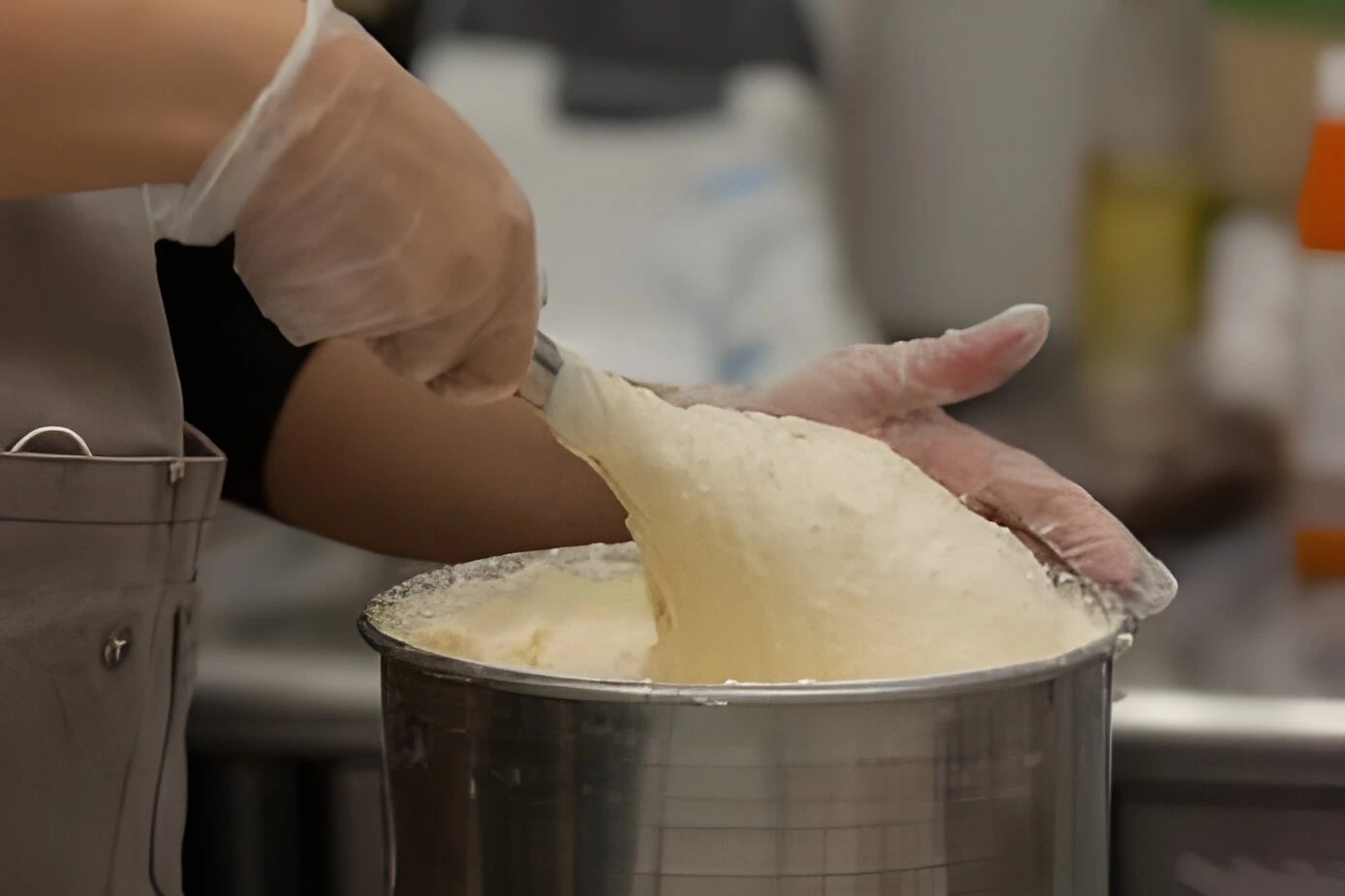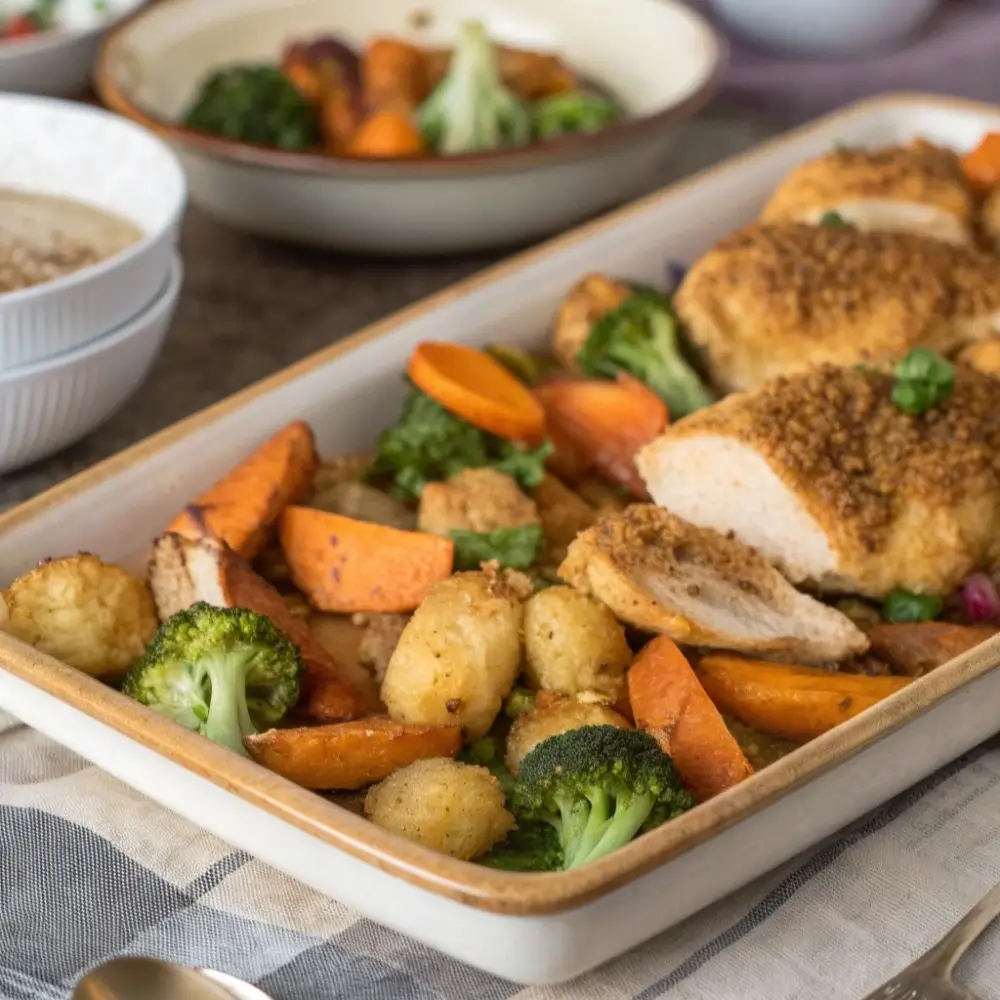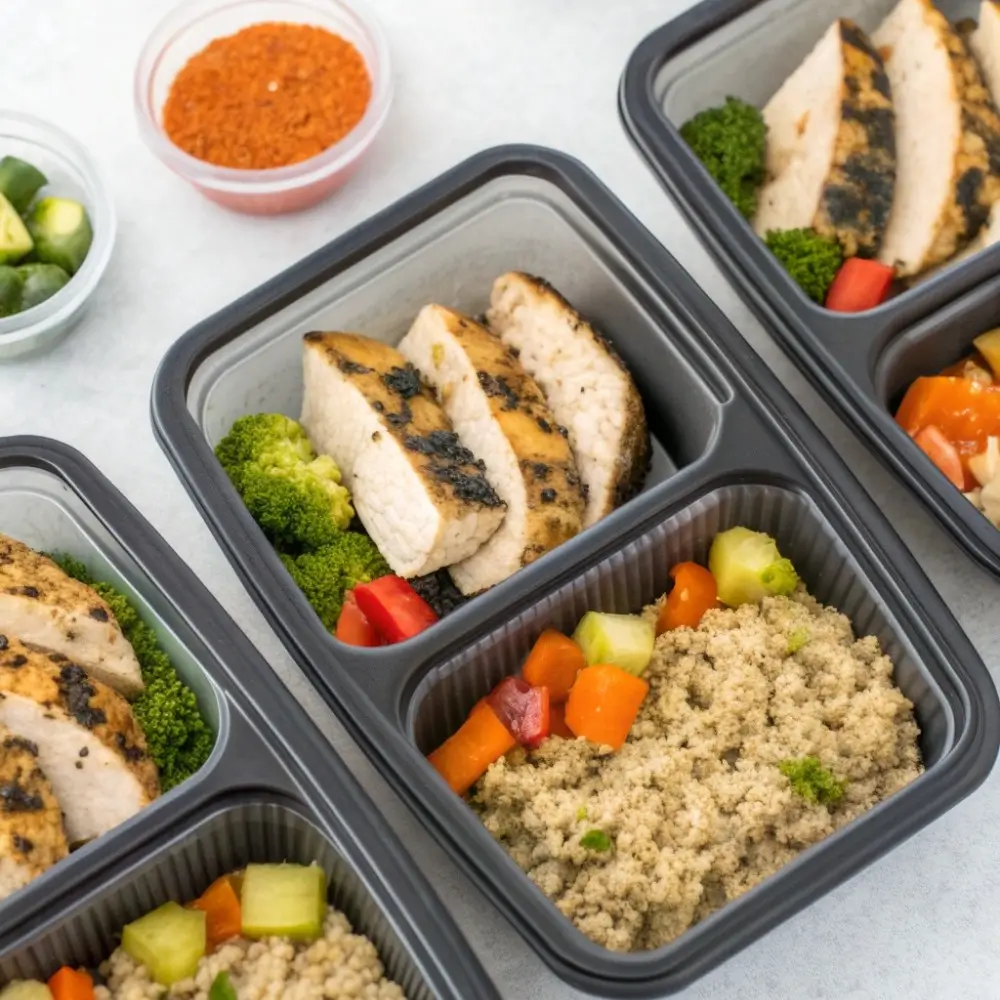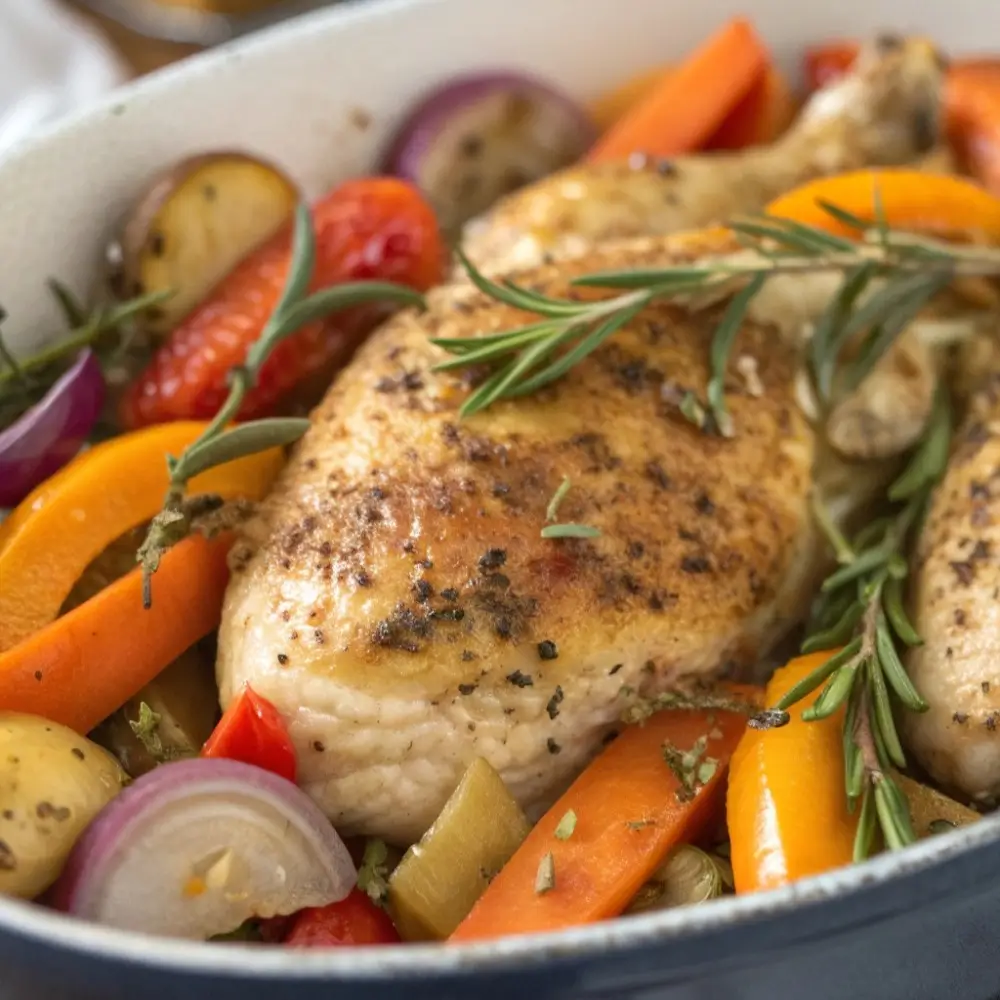Table of Contents
Sure, let’s kick off this journey into the world of sourdough discard and its myriad uses in the kitchen. Our aim? To transform your everyday baking into something truly extraordinary. Adding Sourdough Discard, not only can we give a second life to what might have been wasted, but we also unlock a depth of flavor in a variety of recipes that’s simply unparalleled. From the tangy nuances it adds to sweets to the rich, complex layers it introduces to savory dishes, sourdough discard is a secret weapon waiting in your fridge. So, let’s roll up our sleeves and dive into the art of incorporating sourdough discard into just about any recipe you can imagine.
Understanding Sourdough Discard
So, what exactly is sourdough discard? In the simplest terms, it’s the portion of your sourdough starter that’s removed before feeding it with fresh flour and water. This process is crucial for maintaining a healthy and active starter, but it also means you’re left with a by-product – the discard.
But here’s where the magic happens: instead of tossing it away, that discard can be repurposed. Full of fermented goodness, it can add a delightful tang and tender texture to baked goods, making it a treasure trove of flavor.
What is Sourdough Discard?
At its core, sourdough discard is a blend of flour, water, and the remnants of fermentation. It’s a living thing, home to yeast and friendly bacteria that have started breaking down the flour. This breakdown process is what gives sourdough its characteristic tang and can add a new dimension to your baking.
Why Use Sourdough Discard?
Using sourdough discard in your recipes is a win-win. Firstly, it’s a nod to sustainability, allowing you to reduce food waste in a delicious way. Secondly, it introduces a complexity of flavor and texture to baked goods that’s hard to achieve with commercial yeast alone. Whether you’re whipping up a batch of pancakes, baking a rustic loaf of bread, or even experimenting with cakes, adding discard can elevate your baking from good to unforgettable.
Incorporating sourdough discard doesn’t just add flavor; it also contributes to the nutritional profile of your dishes. Fermentation breaks down gluten, potentially making these treats more digestible for some folks. Plus, it’s a way to experiment in the kitchen, adding a layer of artisanal craftsmanship to your home baking.
As we move forward, we’ll explore how to seamlessly integrate this golden ingredient into various types of recipes, ensuring that nothing from your sourdough adventures goes to waste. Stay tuned for part 2, where we’ll dive into the basics of baking with sourdough discard, transforming the way you look at your starter’s by-product forever.
The Basics of Baking with Discard
Before we embark on this culinary adventure, it’s essential to grasp the fundamentals of working with discard in your baking routines. Transitioning from standard recipes to those enriched with this tangy by-product might initially seem a bit overwhelming. Yet, armed with a few insights and techniques, you’ll quickly find yourself adept at incorporating it into a myriad of dishes, elevating your baking to new heights.
When to Use Discard
The timing of when you incorporate discard into your recipes can significantly affect the outcome’s flavor profile. Freshly removed starter tends to offer a gentler taste, whereas a more mature discard can impart a bolder, tangier note. Reflect on the desired taste of your final product when selecting your discard.
Adjusting Your Recipes for Discard
Integrating discard into your recipes necessitates slight modifications, especially concerning the ratios of liquid and flour. Given that discard is a mix of flour and water, you’ll need to adjust these components in your recipe accordingly. This step is crucial for maintaining the desired consistency and texture of your creations.
Measuring Discard Correctly
Precision in measurement is key to successful baking, and this holds true when working with discard. For optimal results, it’s advisable to measure your discard by weight, not volume. This method ensures you achieve the perfect equilibrium in your recipes, leading to consistently outstanding bakes.
Easing into the use of discard in your baking doesn’t have to be complicated. With an understanding of the optimal timing for its use, how to tweak your recipes, and the importance of precise measurement, you’re well-equipped for success. Next, we’ll delve into incorporating this adaptable ingredient into both sweet and savory fare, broadening the scope of your baking expertise. Await a treasure trove of delicious ideas and actionable advice that will revolutionize your approach to baking.
Adding Sourdough Discard to Sweet Baked Goods
Stepping into the realm of confections, discard stands to redefine your beloved desserts and breakfast goodies. We’re set to explore its integration into various sweet preparations, bestowing upon your treats not only enhanced flavors but also a distinctive character unique to sourdough.
Cakes and Muffins
Imagine your go-to chocolate cake or morning muffin with an added depth of flavor. By mixing sourdough discard into these batters, you introduce a subtle tang that balances the sweetness beautifully. For cakes and muffins, replacing up to 25% of the flour with discard works wonders, giving your baked goods a moist and tender crumb. For an intriguing take on a classic, check out our Earl Grey Cookies recipe, easily adaptable to include sourdough discard for an extra layer of complexity.
Pancakes and Waffles
Weekend breakfasts are prime time for sourdough discard. Adding it to pancakes and waffles can make your fluffy stacks even more tender and flavorful. The natural fermentation process in the discard adds leavening power, often reducing the need for baking powder or baking soda. The result? Incredibly light and airy pancakes and waffles with a distinctive sourdough note. Dive into our collection of breakfast recipes, where you’ll find plenty of inspiration for your next weekend brunch.
Cookies and Bars
Sourdough discard can transform the texture and taste of cookies and bars, making them moreish and unique. Adding discard to these recipes contributes moisture, creating tender, chewy centers that cookie lovers crave. Plus, the slight acidity can help to sharpen and enhance chocolatey and fruity flavors, making each bite even more irresistible.
Using Sourdough Discard in Savory Dishes
Sourdough discard isn’t just for sweets; it also shines in savory applications, adding complexity and depth to a range of recipes.
Breads and Rolls
Incorporating sourdough discard into bread and rolls imparts a subtle sourness and improves texture. Whether you’re making a rustic loaf, dinner rolls, or focaccia, adding discard can enhance the bread’s flavor profile and create a more tender crumb. The fermentation process also improves the bread’s digestibility, making it a healthier option for many.
Pizza Dough and Flatbreads
Elevate your homemade pizza night by adding sourdough discard to your pizza dough. The discard contributes to a more flavorful crust with a delightful chewiness, perfect for supporting all your favorite toppings. Similarly, flatbreads benefit from the discard, gaining flexibility and a more complex taste.
Sauces and Gravies
For a thickener with extra flavor, consider using sourdough discard in your sauces and gravies. Its natural acidity can brighten up heavy dishes, adding a layer of flavor that flour alone cannot achieve. Whether it’s a rich tomato sauce for pasta or a savory gravy for a roast, a bit of discard can make all the difference.
Advanced Tips and Techniques
Mastering Sourdough Discard in Baking
As you become more comfortable baking with sourdough discard, you may be ready to explore some advanced techniques. These tips will help you refine your approach, ensuring every bake is as delicious as it is satisfying.
Adjusting Hydration Levels
One key to success with sourdough discard is mastering the art of hydration. Because discard consists of equal parts water and flour by weight, it can alter the moisture content of your recipes. Pay close attention to the dough or batter consistency, and be prepared to adjust the amounts of other liquids or flour to achieve the desired texture. Remember, the goal is balance; you’re aiming for harmony between wet and dry ingredients.
Flavor Enhancements with Sourdough Discard
The unique tanginess of sourdough discard can be a powerful tool for flavor enhancement. For a subtler sourdough presence, use discard that’s been stored in the fridge for a shorter time. For a stronger, more pronounced sourdough flavor, opt for older discard that has had more time to develop its character. Experimenting with the age of your discard allows you to customize the flavor profile of your baked goods to your liking.
Troubleshooting Common Sourdough Discard Issues
Even experienced bakers encounter challenges when working with sourdough discard. Here are solutions to some common issues you might face.
Discard Consistency Problems
If your sourdough discard seems too liquid or too thick for your recipe, consider the consistency of the discard you’re using. A thinner discard will contribute more liquid to your recipe, which might require reducing other liquid ingredients. Conversely, a thicker discard might necessitate a slight increase in liquids to maintain the balance. Adjustments should be made gradually, as small changes can have significant effects.
Flavor Imbalances
Balancing the distinctive tang of sourdough discard with other flavors in your dish can be tricky. If a recipe turns out too sour, reduce the amount of discard or use a fresher discard next time. To enhance the sourdough flavor without overpowering the dish, pair it with complementary flavors such as sweet fruits in desserts or robust herbs and cheeses in savory dishes.
Adding sourdough discard to your baking repertoire opens up a world of culinary possibilities, from nuanced flavors to improved textures. With practice and a bit of creativity, you can transform ordinary recipes into extraordinary creations that showcase the depth and versatility of sourdough.
For more advanced sourdough techniques and recipes, consider exploring resources like King Arthur Baking’s comprehensive guide, which offers a wealth of information on working with sourdough in various forms.
Stay tuned for our next section, where we’ll answer some frequently asked questions about working with sourdough discard, helping to clarify any remaining uncertainties you may have about this transformative ingredient. This journey into the heart of sourdough baking not only enhances your skills but also contributes to a more sustainable and flavorful approach to your culinary endeavors.
Frequently Asked Questions
Throughout our exploration of using sourdough in baking, several common questions have surfaced. Here, we aim to address these queries, providing you with the confidence to bake with discard like a seasoned pro.
Can I replace flour and water equally with sourdough discard?
Yes, but with nuance. Since sourdough discard is roughly 50% water and 50% flour by weight, it can replace equal parts of flour and water in recipes. However, the key is to balance the total recipe’s hydration. For example, if you add 200 grams of discard, consider reducing the recipe’s flour by 100 grams and the liquid by 100 grams. Keep an eye on the dough or batter’s consistency and make adjustments as needed.
How do I store sourdough discard?
Sourdough discard can be stored in an airtight container in the refrigerator for up to a week, making it readily available for recipes. For longer storage, it can be frozen. Simply thaw in the fridge overnight before use. Remember, the characteristics of the discard might change slightly over time, impacting the flavor profile of your baked goods.
Can sourdough discard replace yeast in recipes?
Sourdough discard enhances flavor and texture but lacks the leavening power of active starter or commercial yeast. Thus, it’s not a direct yeast replacement. It’s ideal for recipes needing minimal rise or combined with yeast or baking powder/soda for leavening.
How does sourdough discard affect the texture of baked goods?
Adding sourdough discard to recipes often results in a more tender crumb and moist texture. The acids in the discard can weaken gluten strands, preventing the formation of a tough texture in cakes, muffins, and bread. It also introduces a complexity of flavor, balancing sweetness in desserts and enhancing savory notes in bread and other dishes.
Navigating the world of sourdough discard in baking opens up endless possibilities for innovation and flavor enhancement in your kitchen creations. Armed with these answers to frequently asked questions, you’re well-equipped to tackle any baking project with sourdough discard. Remember, baking is as much about experimentation and discovery as it is about following recipes to the letter. So, embrace the adventure, and let your culinary creativity soar!
We hope this guide inspires you to explore the full potential of sourdough discard in your baking endeavors. For more tips, tricks, and delightful recipes, be sure to visit our collection of sourdough discard recipes and embark on a flavorful journey that transforms the ordinary into the extraordinary. Happy baking!





